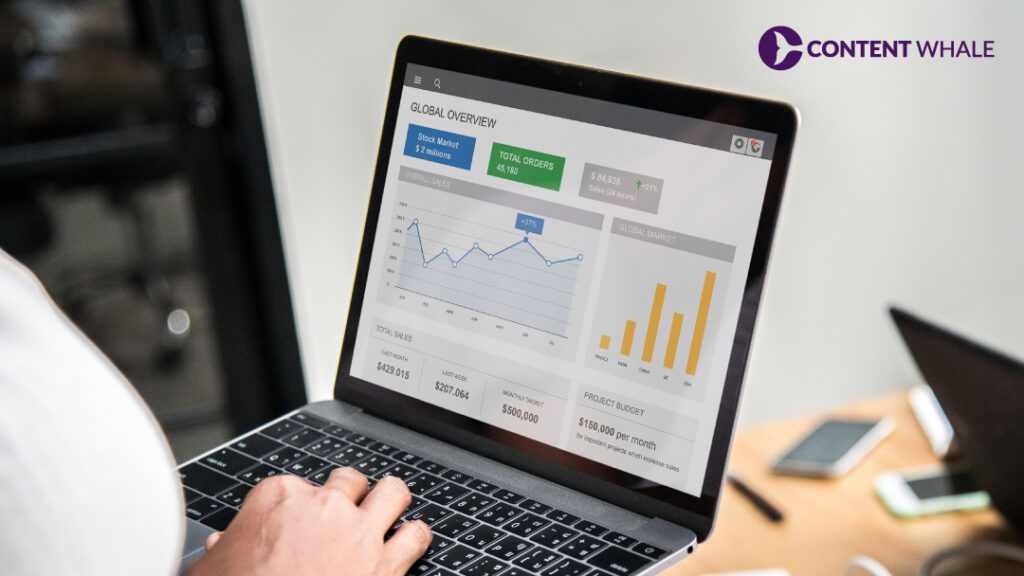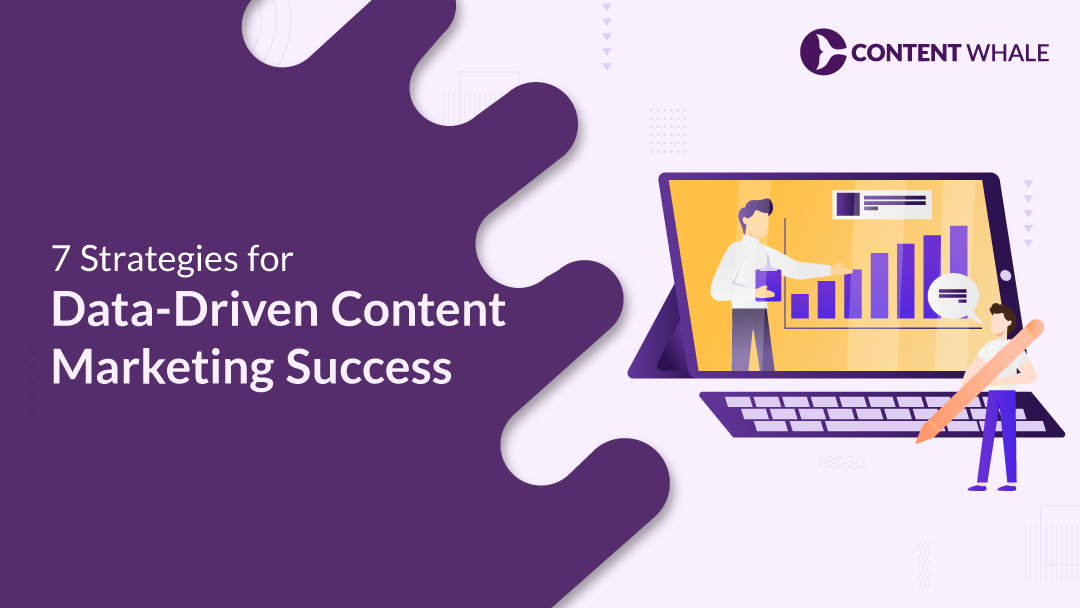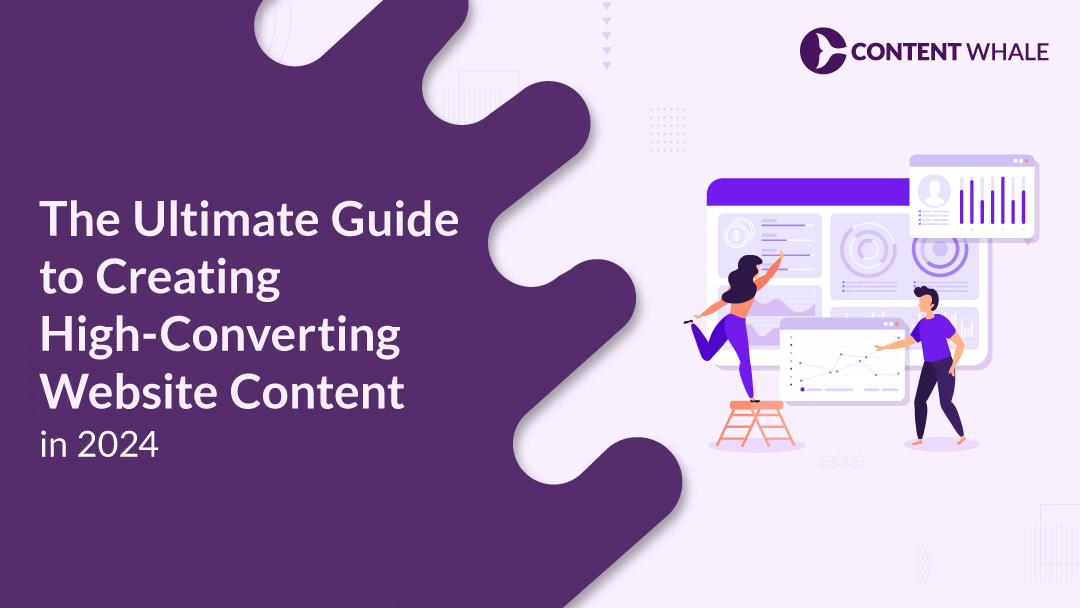Data has become a cornerstone of modern content marketing. Utilizing data-driven content can significantly enhance both the creation process and the overall strategy. By integrating data analytics, marketers can develop more targeted and effective campaigns.
This approach boosts engagement and improves return on investment (ROI). Data-driven content marketing enables businesses to better understand their audience, personalize their messages, and make informed decisions.
The benefits of leveraging data in content marketing are numerous, ranging from improved audience insights to more precise content strategies, making it an essential tool for any successful online marketing campaign.
Data-Driven Content Marketing Strategies for Guaranteed Success
1. Understanding Data-Driven Content
Data-driven content involves using data to inform and guide content creation and marketing strategies.
This approach leverages insights from data analysis to tailor content to audience preferences, enhancing engagement and effectiveness.
For example, understanding that a particular demographic prefers video content over written articles can shape your content strategy.
Personalization is a significant benefit, allowing businesses to deliver more relevant and engaging content.
Data-driven content ensures that every piece of content is backed by concrete insights, leading to higher engagement and better online marketing results.
2. Collecting the Right Data

To create effective data-driven content, collecting the right data is crucial. Identifying key data sources such as website analytics, social media metrics, and customer feedback is the first step.
Tools like Google Analytics, SEMrush, and social media analytics platforms are invaluable for this purpose. Here are some best practices for accurate data gathering:
- Use multiple data sources for a comprehensive view.
- Regularly update and clean your data to ensure accuracy.
- Focus on metrics that align with your content strategy goals.
Following these practices helps in gathering reliable data that informs content creation and marketing strategies, ensuring they are aligned with audience preferences and behaviors.
3. Analyzing Data for Insights
Analyzing data to gain insights is essential for developing a successful data-driven content strategy. This involves examining trends, patterns, and audience behaviors.
Digital analytics tools help in uncovering these insights, which can then be used to refine and optimize content strategy.
For instance, if data shows that blog posts on specific topics generate higher engagement, focusing on those topics can be beneficial.
Using analytics to drive content decisions ensures continuous improvement and alignment with audience preferences.
4. Creating Data-Driven Content

Creating data-driven content involves integrating data insights into the content creation process. Start by using audience insights to identify content themes and formats that resonate with your target audience.
Examples of data-driven content formats include infographics, personalized emails, and interactive content.
Case studies of successful data-driven campaigns highlight how companies have used data to create compelling content that drives engagement and conversions.
Consistently using data to guide your content creation helps produce effective and relevant materials that meet marketing goals.
5. Measuring Content Performance
Measuring the performance of your content is vital to understand its impact and make necessary adjustments. Key performance indicators (KPIs) for content marketing include:
- Page views and unique visitors
- Engagement metrics (likes, shares, comments)
- Conversion rates
- Time spent on page
Tools like Google Analytics, HubSpot, and social media analytics platforms are essential for tracking these KPIs. Monitoring these metrics allows you to determine what’s working and what’s not, enabling strategy adjustments based on performance data.
Continuous assessment ensures your content remains effective and aligned with your goals.
6. Optimizing Content with Data

Optimizing content based on data insights involves techniques like A/B testing, which compares different content versions to see which performs better.
Continuous improvement through data insights ensures your content strategy evolves with your audience’s needs. Practical tips for content optimization include:
- Regularly updating old content to keep it relevant.
- Using data to refine headlines, CTAs, and content length.
- Testing different formats and distribution channels to find what works best.
Following these tips enhances your content’s effectiveness, ensuring it meets audience expectations.
7. Data-Driven Content Distribution
Effective content distribution is crucial for maximizing the reach and impact of your data-driven content. Channels to consider include social media platforms, email marketing, and content syndication networks.
Leveraging data helps choose the right platforms and determine the best times and frequencies for publishing content. Analyzing distribution data identifies which channels drive the most engagement, allowing strategy adjustments for optimal reach and impact.
Conclusion

Data is indispensable in content marketing. By adopting data-driven strategies, businesses can create more relevant, engaging, and effective content. Embracing data-driven content marketing is essential for any brand aiming for success in today’s competitive online landscape.
Explore Content Whale’s services to elevate your content creation and leverage the power of data for your marketing strategies.
FAQs
1. What is data-driven content marketing?
Data-driven content marketing uses data analytics to guide the creation and distribution of content. By leveraging data, marketers can tailor content to match audience preferences and behaviors, leading to more effective and engaging campaigns. This approach ensures that each piece of content is backed by concrete insights, enhancing its relevance and impact in the overall content strategy and online marketing efforts.
2. How can data improve my content strategy?
Data enhances your content strategy by providing insights into audience preferences, behaviors, and engagement patterns. By analyzing marketing data, you can identify what types of content resonate most with your audience. This allows for the personalization of content, improving engagement and effectiveness. Utilizing data helps refine your content strategy, making it more targeted and aligned with your marketing goals, ultimately leading to better results in digital analytics and online marketing.
3. What tools are best for data analysis in content marketing?
Several tools are essential for data analysis in content marketing. Google Analytics is widely used for tracking website performance and audience behavior. SEMrush provides insights into SEO and competitive analysis. Social media analytics platforms like Hootsuite and Sprout Social help track engagement metrics across various social channels. These tools enable marketers to collect, analyze, and leverage data to inform their content strategy, ensuring it aligns with audience needs and drives better results in digital marketing.
4. How do I measure the success of my data-driven content?
The success of data-driven content can be measured using various key performance indicators (KPIs) such as page views, unique visitors, engagement metrics (likes, shares, comments), conversion rates, and time spent on page. Tools like Google Analytics, HubSpot, and social media analytics platforms help track these metrics. Monitoring these KPIs allows you to assess the performance of your content, make data-informed adjustments to your strategy, and ensure continuous improvement in your content marketing efforts.
5. Why is data important for content distribution?
Data is crucial for content distribution as it helps identify the most effective channels, times, and frequencies for publishing content. By analyzing distribution data, marketers can determine which platforms drive the most engagement and optimize their strategies accordingly. This ensures that content reaches the right audience at the right time, maximizing its impact and effectiveness in online marketing. Leveraging data in content distribution enhances the overall success of data-driven content marketing campaigns.





